-
title Sekibutsugan (Stone Buddha Altar) one word explanation enshrined statue of Amithaba keywords geologynatureculture confirm, register Oga City Tangible Cultural Properties, Oga Quasi-National Park conservation laws and ordinance Oga City Ordinance for the Protection of Cultural Properties, Natural Parks Act 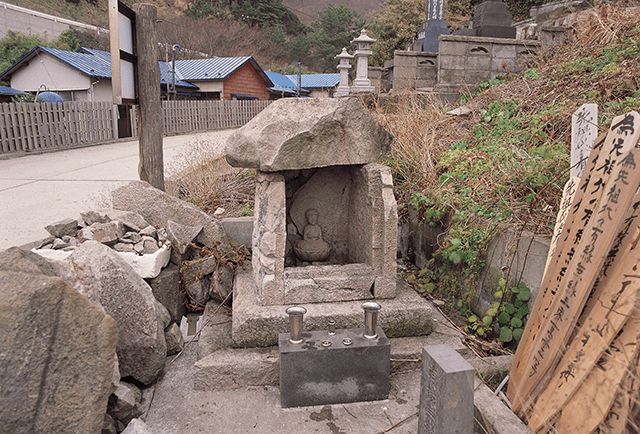
Sekibutsugan is a word used to describe a statue of Buddha that is kept inside a stone room. Kamo-Aosa’s sekibutsugan is a stone box made from three flat rhyolite rocks, with another stone on top as a roof. It is thought that there was once a stone door on the front, but it is now missing. The backing stone is carved with a halo, and the Buddha sits in a lotus position with his hands forming the Dhyana Mudra.
-
title Monument to the Children of the Aikawa Minami Elementary School Tsunami Tragedy one word explanation Memories of the Sea of Japan Earthquake keywords historynaturedisaster prevention confirm, register Oga Quasi-National Park conservation laws and ordinance Natural Parks Act 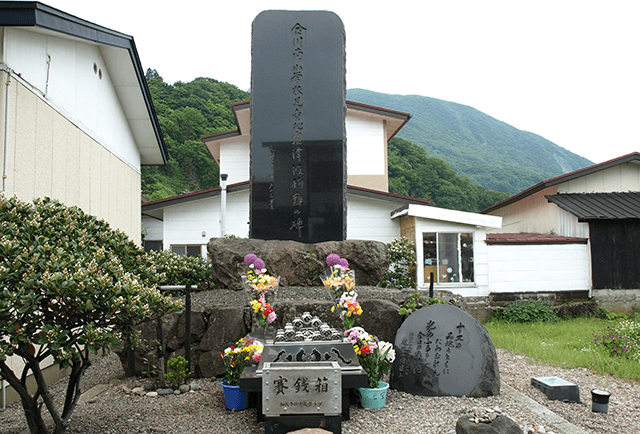
On May 26th, 1983, a magnitude 7.7 earthquake occurred in the Sea of Japan and 13 children from Aikawa Minami Elementary School (presently Kita Akita City) who had come to Kamo-Aosa Beach were swept away by the resulting tsunami and died. The people of Kamo-Aosa District helped in the rescue efforts and the monument is still honored by the villagers.
-
title Former Kamo-Aosa Elementary School Building・Gymnasium one word explanation tradiational school building keywords historydisaster preventionsearch confirm, register National Registered Tangible Cultural Properties, Oga Quasi-National Park conservation laws and ordinance Act on Protection of Cultural Properties, Natural Parks Act 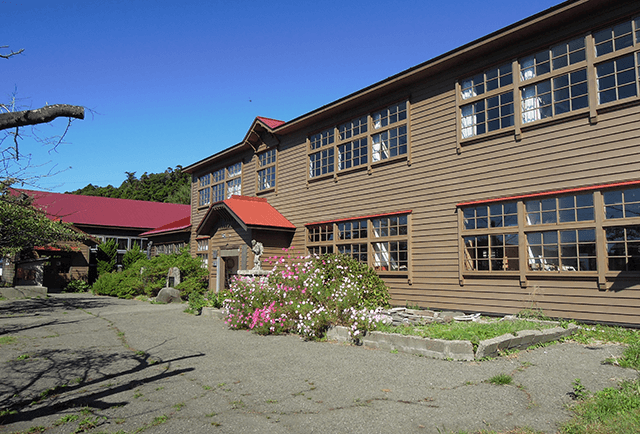
Founded in 1876, the former Kamo-Aosa Elementary School in Oga City was closed in 2001 with only 6 students in its final year. The school building was built in 1928 and the gymnasium in 1951, with both undergoing largescale repair in 2011. Both are important cultural assets and central to the historical scenery of Kamo-Aosa Village. Presently the site of the Kamo-Aosa Furusato Learning Center, it is used for various different activities.
-
title Kankanedo Sea Cave one word explanation mysterious cave keywords geologylegendbeautiful confirm, register Oga Quasi-National Park conservation laws and ordinance Natural Parks Act 
The tallest of Oga Peninsula’s caverns, Kankanedo Sea Cave was carved by wave erosion of rhyolite volcanic rock and land protruding from the sea. With holes opening into the sea, land, and sky (ceiling), the light shining in and the sound of the waves give it a mysterious air. It is said that in the past, an iron lock was placed on the cave’s cliff face, giving it the name Kagikakedo, or Locked Cave, which eventually became Kankanedo.
-
title Cape Tengasaki one word explanation Cape that protects the village from the wind keywords geologynature confirm, register Oga Quasi-National Park conservation laws and ordinance Natural Parks Act 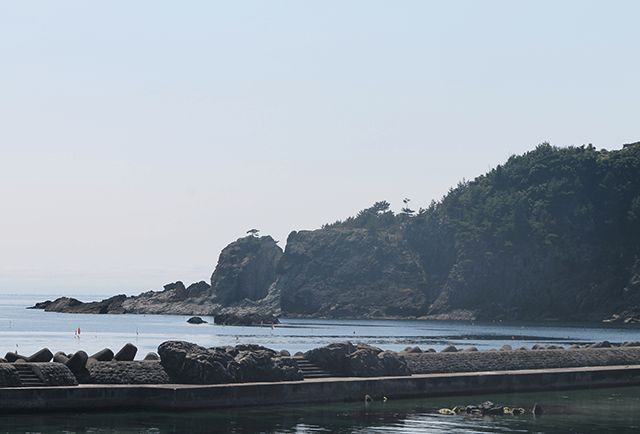
Protruding from the western side of Kamo-Aosa Beach, Tengasaki Cape protects the village from the north-westerly winds of winter. The striped rhyolite rock of the exposed cliffs is sometimes called Tengahana. “Hana”, meaning “nose”, refers to the tip of the cape.
-
title Sakurajima Rocks one word explanation A mystical atmosphere? It is also known as “Horaijima” or “mystic island”. keywords geologynaturebeautiful confirm, register Oga Quasi-National Park, One hundred strange sotones from Japan conservation laws and ordinance Natural Parks Act 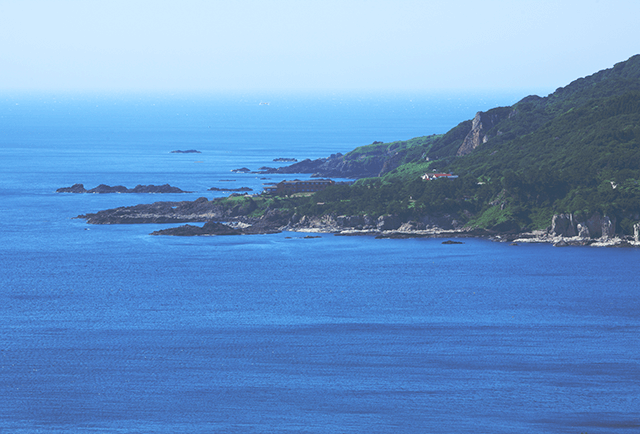
Sakurajima, or Cherry Blossom Island, gained its name from the reddish color of the rocks. This large, flat rocks is very close to sea level, and back when it was popular to take boating tours of the islands, pleasure cruises would allow passengers to disembark and enjoy a drink.

